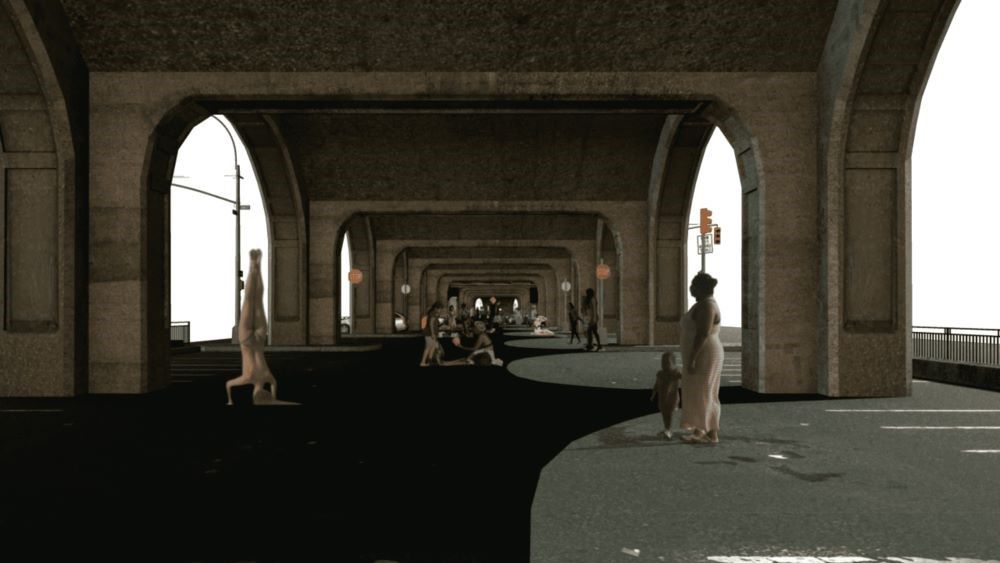4. Hou I-Ting
Presented by TKG+
This work sets out to explore the subtle changes in our experiences of viewing the urban spectacle in relation to the changing conception of locality in our contemporary digital society. These experiences of viewing the urban spectacle include, for example, driving from one place to another, viewing the satellite images on the Internet, and surfing through the virtual world constructed through digital information.
This is an international project presented in the form of single-channel video. Exploring many different counties, this series of work has three aims: first, to present the artist’s observation of how technology has influenced the construction of our everyday reality; second, to explore the relationships between the place as represented by digital images and information and the place as physically experienced by humans; third, to compare the classical and modern modes of perception and experience of mobility.
As far as the artist is concerned, the most exciting and promising aspect of the project is the filming of the subtle interactions between people in the city, or between the person and the urban space. The images, full of subtle emotions and rich, complex conceptual understanding, are placed in the information space for processing, not only triggering the process of digital signal processing, but also evoking our humanity, making one feel as if surprised at finding traces of unscripted emotions in a visual information interface such as Google Earth.
In an age of widespread dissemination of information via the Internet, we can easily get a general idea of just about anything we want to know by simply browsing online. However, although we can easily catch a peek of the dazzling views of the land’s natural or architectural wonders with the help of state-of-the-art technologies, such as Google satellite map and Google Earth, one should still visit and feel those places in person in order to physically experience the culture and historical depth of the place, so that the body can acquire and keep the physical memory of the place – the smell, temperature, and humidity.
My overall impression of some big cities in the world are those of famous buildings, as visual images of the city’s natural beauty are frequently reproduced and widely disseminated through postcards, landscape paintings – I have seen many of such images since I was a small child. Even a Google image search of like New York will show mostly images about buildings or the Statue of Liberty. However, I feel strongly that such visual information alone is insufficient if one wishes to be a traveller. To be a traveller, one has to physically explore many countries, to feel its soil in order to gain a physical memory of it. In other words, it can be said that before I visit a place, I only know this country as a concept from the web culture. For example, one of the cities in this project that I visited was New York. I visited the city for the first time. I now try to translate both the concept and the physical experience into visual moving image. More specifically, I filmed some real people and spaces, and fused the footage with some moving images represented by a three-dimensional world built from large quantities of digital images. In so doing, I try to bring together the two different types of experience i.e. visual experience of mechanically produced images, and the physical experience of “being there”.

Courtesy of Hou I-Ting (TKG+)